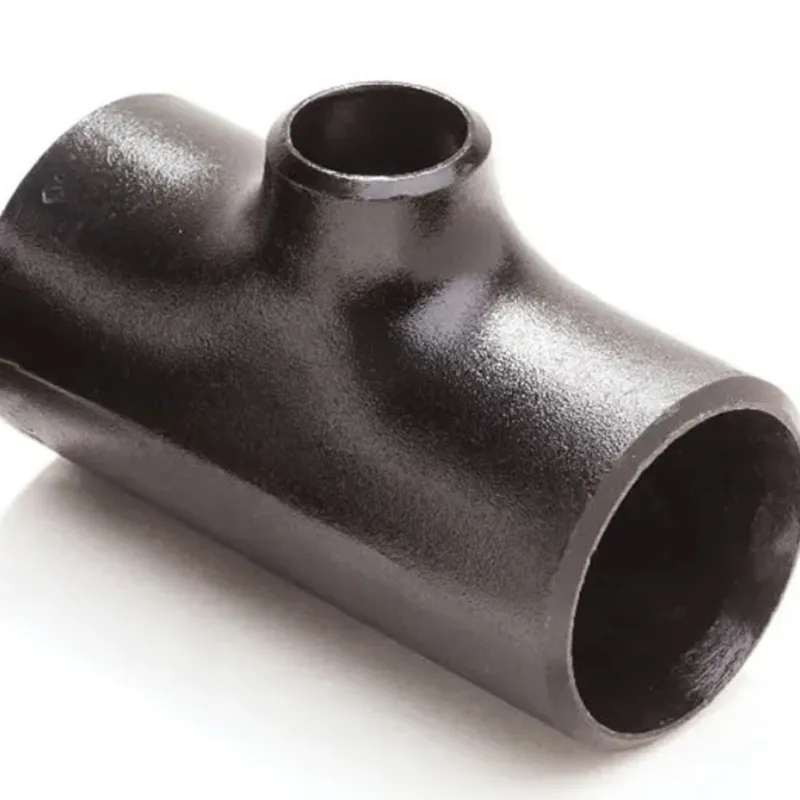-
Cangzhou Yulong Steel Co., Ltd.
-
Phone:
+86 13303177267 -
Email:
admin@ylsteelfittings.com
- English
- Arabic
- Italian
- Spanish
- Portuguese
- German
- kazakh
- Persian
- Greek
- French
- Russian
- Polish
- Thai
- Indonesian
- Vietnamese
- Zulu
- Korean
- Uzbek
- Hindi
- Serbian
- Malay
- Ukrainian
- Gujarati
- Haitian Creole
- hausa
- hawaiian
- Hebrew
- Miao
- Hungarian
- Icelandic
- igbo
- irish
- Japanese
- Javanese
- Kannada
- Khmer
- Rwandese
- Afrikaans
- Albanian
- Amharic
- Armenian
- Azerbaijani
- Basque
- Belarusian
- Bengali
- Bosnian
- Bulgarian
- Catalan
- Cebuano
- China
- China (Taiwan)
- Corsican
- Croatian
- Czech
- Danish
- Esperanto
- Estonian
- Finnish
- Frisian
- Galician
- Georgian
- Kurdish
- Kyrgyz
- Lao
- Latin
- Latvian
- Lithuanian
- Luxembourgish
- Macedonian
- Malgashi
- Malayalam
- Maltese
- Maori
- Marathi
- Mongolian
- Myanmar
- Nepali
- Norwegian
- Norwegian
- Occitan
- Pashto
- Dutch
- Punjabi
- Romanian
- Samoan
- Scottish Gaelic
- Sesotho
- Shona
- Sindhi
- Sinhala
- Slovak
- Slovenian
- Somali
- Sundanese
- Swahili
- Swedish
- Tagalog
- Tajik
- Tamil
- Tatar
- Telugu
- Turkish
- Turkmen
- Urdu
- Uighur
- Welsh
- Bantu
- Yiddish
- Yoruba

Dec . 04, 2024 15:13 Back to list
1.5 Inch Threaded Coupling for Pipe Connections and Plumbing Applications
Understanding the 1.5-Inch Threaded Coupling An Essential Component in Piping Systems
In the world of plumbing and piping systems, components are often linked together to create an efficient flow of liquids and gases. Among various fittings used, the 1.5-inch threaded coupling is a vital element that facilitates this connectivity. With its versatile application across numerous industries—from residential plumbing to industrial settings—the 1.5-inch threaded coupling merits a closer look.
What is a Threaded Coupling?
A threaded coupling is a type of pipe fitting that allows two pipes or hoses to connect seamlessly. It features internal threads that align with external threads on the adjoining pipes, providing a secure and leak-proof connection. The 1.5-inch dimension refers to the nominal diameter of the pipe, which is common in many residential and commercial applications. The threaded design not only aids in quick installation and removal but also enables adjustments and modifications in piping configurations.
Applications of 1.5-Inch Threaded Couplings
The versatility of the 1.5-inch threaded coupling makes it suitable for a wide range of applications
1. Residential Plumbing In homes, these couplings are often used in drainage systems, water supply lines, and HVAC systems. They provide secure connections that can withstand the pressure and flow of water or gas, ensuring reliability in everyday use.
2. Industrial Use In industrial settings, 1.5-inch threaded couplings are utilized in manufacturing processes, chemical transfer, and even food processing. The ability to create tight seals is essential for handling substances safely, making these couplings indispensable.
3. Irrigation Systems In agriculture, maintaining the integrity of irrigation lines is crucial. The 1.5-inch threaded coupling allows for easy assembly and disassembly in piping systems, enabling farmers to adapt to changing irrigation needs efficiently.
Types of Materials
1. PVC Polyvinyl chloride (PVC) couplings are lightweight, corrosion-resistant, and affordable. They are ideal for low to medium-pressure applications and are commonly found in residential plumbing and irrigation systems.
1.5 inch threaded coupling

2. Metal Couplings made from metals such as brass or stainless steel provide added durability and are better suited for high-pressure applications. They often feature enhanced resistance to temperature changes and chemical exposure, making them preferred in industrial settings.
3. CPVC Chlorinated polyvinyl chloride (CPVC) is another polymer option that offers higher resistance to temperature and pressure than standard PVC. It’s commonly found in hot water systems and industrial piping.
Installation Considerations
When installing a 1.5-inch threaded coupling, several key factors should be considered
- Thread Compatibility Ensure that the external threads on the pipes align perfectly with the internal threads in the coupling. Mismatched threads can lead to inadequate sealing, resulting in leaks.
- Sealing Agents In many cases, using pipe thread sealant or Teflon tape can enhance the sealing capability of the connection. This added precaution helps prevent leaks, especially in high-pressure systems.
- Correct Tightening While it is important to create a snug fit for preventing leaks, overtightening can lead to damaging the threads or cracking the coupling. It’s essential to follow proper torque specifications during installation.
Maintenance and Longevity
To maximize the lifespan of a 1.5-inch threaded coupling, regular inspections and maintenance should be conducted. Look for signs of wear, corrosion, or leaks, and replace components as necessary. Additionally, ensure that the coupling and adjoining pipes are appropriately insulated if situated in environments prone to temperature fluctuations.
Conclusion
The 1.5-inch threaded coupling is an essential component in the heart of plumbing and piping systems, proving its worth through versatility and reliability. Whether in residential, industrial, or agricultural applications, its ability to provide secure connections enables the efficient movement of fluids essential for various operations. Understanding its function, application, and maintenance will ensure that these critical components continue to perform optimally, safeguarding the integrity of piping systems.
Latest news
-
ANSI 150P SS304 SO FLANGE
NewsFeb.14,2025
-
ASTM A333GR6 STEEL PIPE
NewsJan.20,2025
-
ANSI B16.5 WELDING NECK FLANGE
NewsJan.15,2026
-
ANSI B16.5 SLIP-ON FLANGE
NewsApr.19,2024
-
SABS 1123 FLANGE
NewsJan.15,2025
-
DIN86044 PLATE FLANGE
NewsApr.19,2024
-
DIN2527 BLIND FLANGE
NewsApr.12,2024
-
JIS B2311 Butt-Welding Fittings LR/SR 45°/90° /180°Seamless/Weld
NewsApr.23,2024











